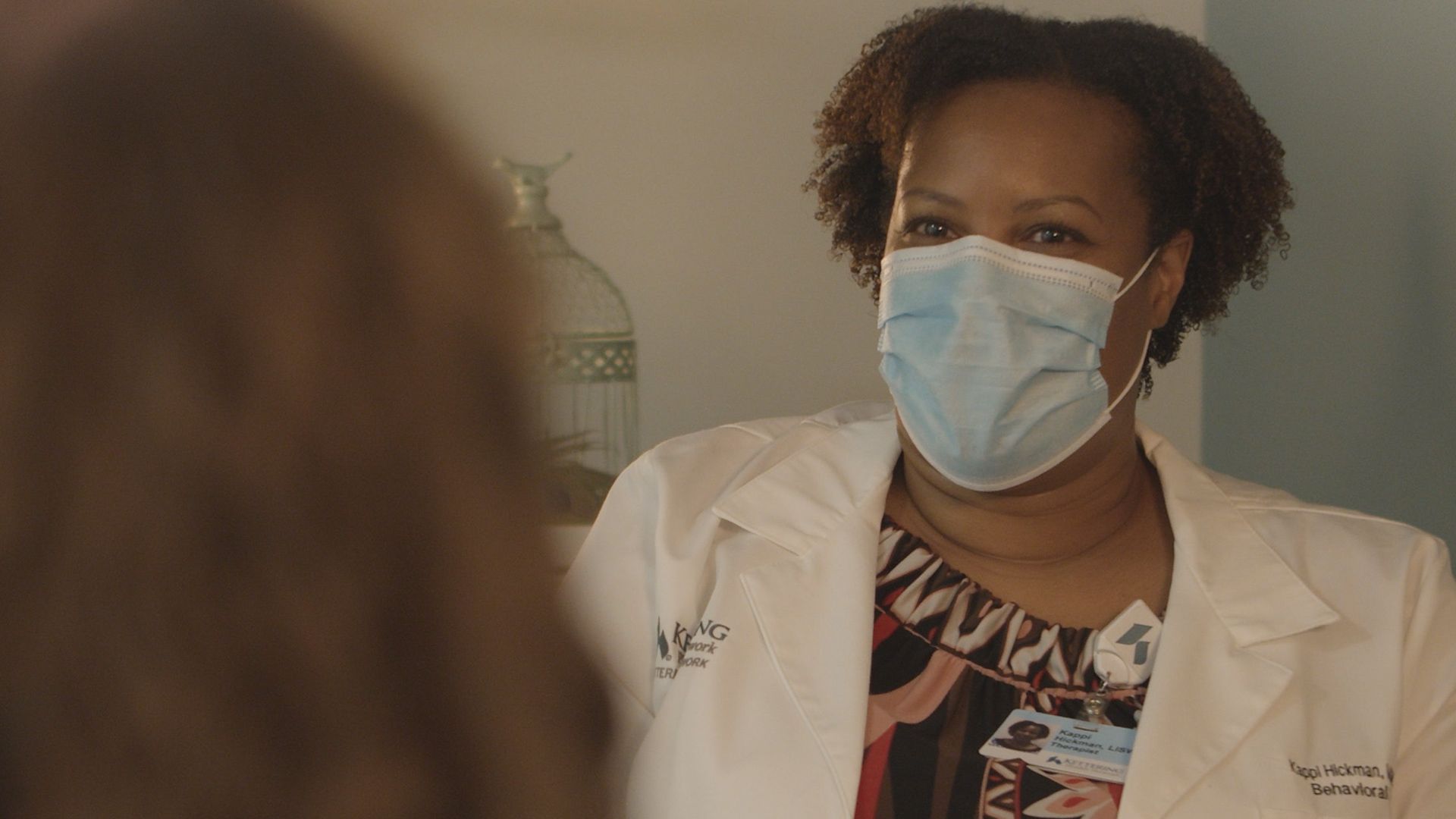Primary Care
Want to learn more about this at Kettering Health?
Domestic abuse—it sounds like such an official term, like something that only happens to someone else. But the fact is, according to the National Coalition Against Domestic Violence, 1 in 3 women and 1 in 4 men in Ohio have experienced some form of intimate partner violence.
The Center for Family Justice provides this definition: “Domestic abuse is a pattern of coercive, controlling behavior that is a pervasive, life-threatening crime affecting people in all our communities regardless of gender, age, sexual orientation, race, ethnicity, religion, social standing, and immigration status.”
That’s a big concept to understand, so to break it down:
Coercive, controlling behavior
A person who is extremely jealous and possessive, has an unpredictable bad temper, or is cruel to animals is using coercive, controlling behavior, according to Kappi Hickman, a licensed independent social worker with Kettering Health Network.
These behaviors may be emotional (like name-calling, yelling, preventing the victim from seeing friends, monitoring their phone use, or putting them down) or physical (like slapping, punching, biting, grabbing, or spitting.) Physical abuse may also include sexual violence, which is any sexual contact or behavior that happens without consent.
A less commonly talked about form of abuse is financial, where a partner may block the victim from money and bank accounts or sabotage job interviews or attending work.
Stalking and harassment by an estranged family member or partner are considered domestic abuse. Behaviors like making unwanted visits, sending unwanted messages, following you or tracking where you go, embarrassing you in public, or refusing to leave when asked fall into this category.
Affecting people in our communities
The definition’s long list of affected populations shows one thing: domestic abuse can happen to anyone. However, certain people may be at a higher risk. Kappi provides this list of characteristics that may put someone at higher risk of domestic abuse:
- Poor self-image or low self-esteem
- Unrealistic beliefs that they can change the abuser
- Economic or emotional dependency on the abuser
- Poor or has limited resources
- Believes jealousy is proof of love
- Abuse of alcohol or other substances
- Pregnant
These traits may put someone in a more vulnerable space that makes it easier for abuse to happen. Still, it’s essential to understand that the victim is not at fault for being abused.
What you can do
Once you’ve identified an abusive situation is happening, it might feel challenging to take the next step. Still, the most important thing you can do is tell someone.
“Don’t keep it a secret, and open up about what’s happening,” Kappi says. “Tell a trusted friend, your physician, or a co-worker what you’re experiencing before it escalates.
Reaching out to someone you trust can help you begin to form a plan to keep you and other vulnerable family members safe. If you are in immediate danger, though, the best thing to do is call 911.
You can also call the national domestic abuse prevention hotline at 1-800-799-7233.
If you notice a friend start to show signs of being abused, offer non-judgmental support, and ask questions or let your friend know what you’ve been observing. Don’t tell them what to do or how to do it, but make sure they know you’re there for them to help keep them safe.
Abusers may seek to isolate their victims from friends, so keep this in mind as you offer support. For a more complete list of resources and information, visit the Montgomery County website’s page on domestic violence.










